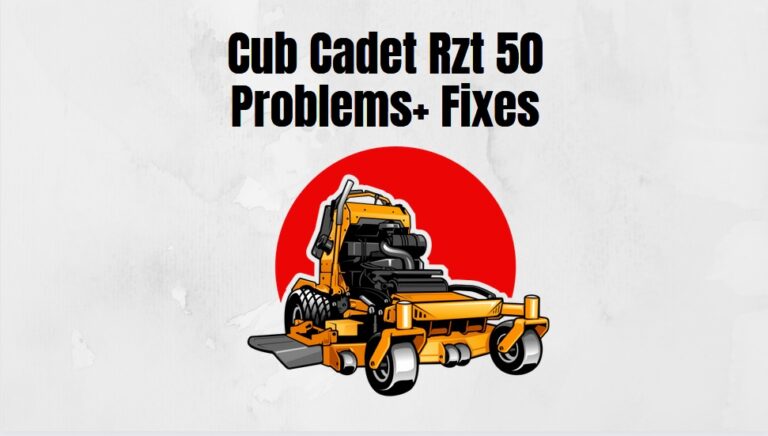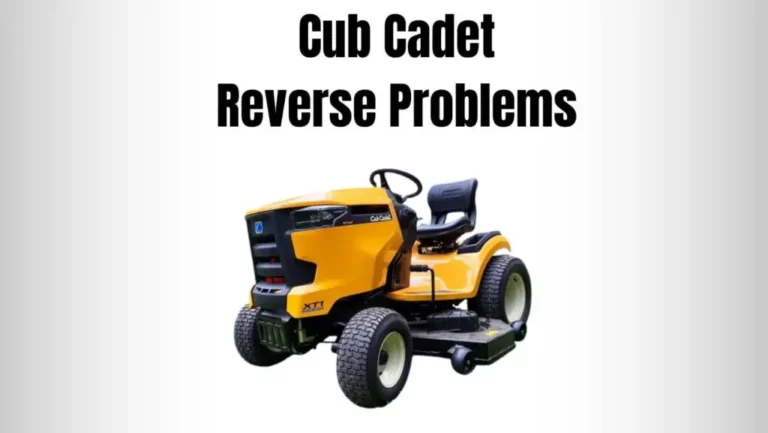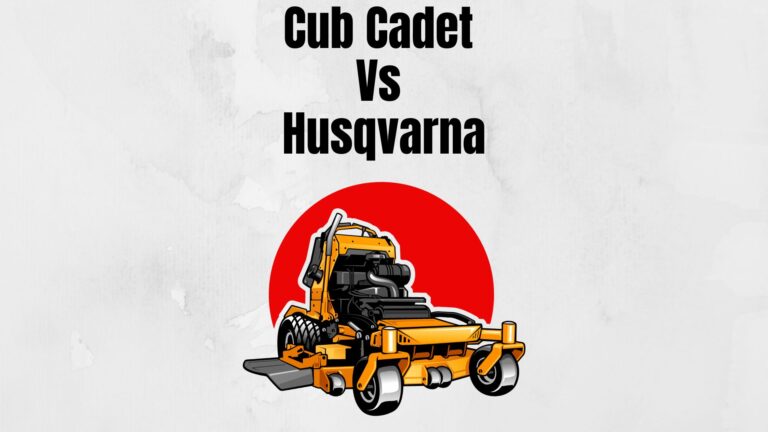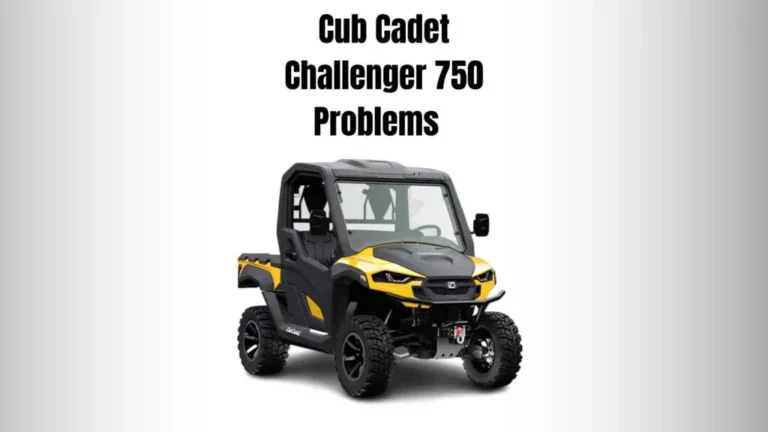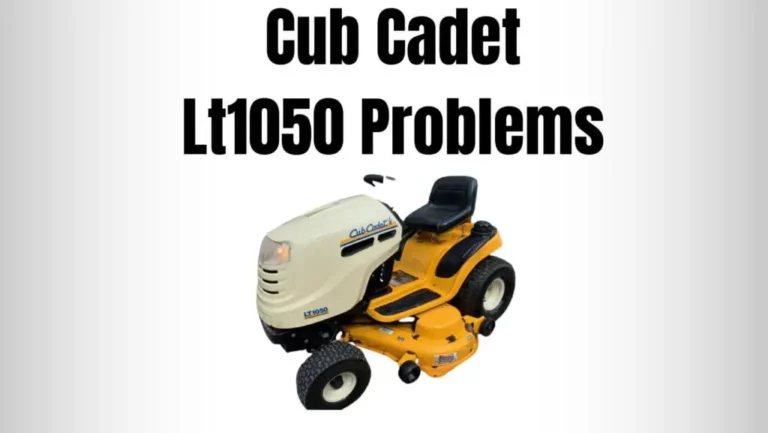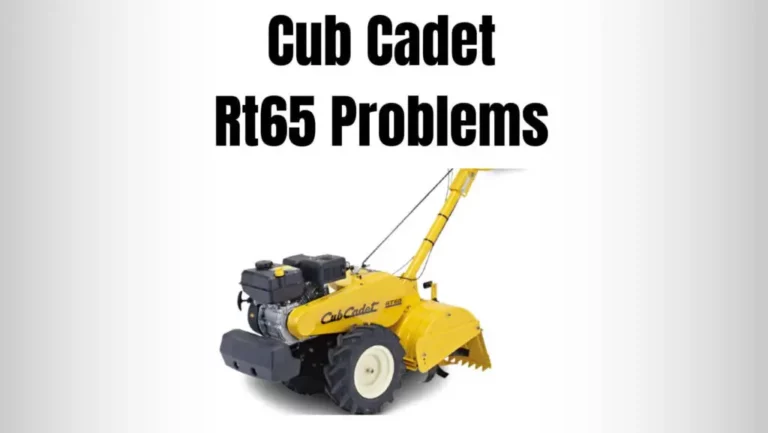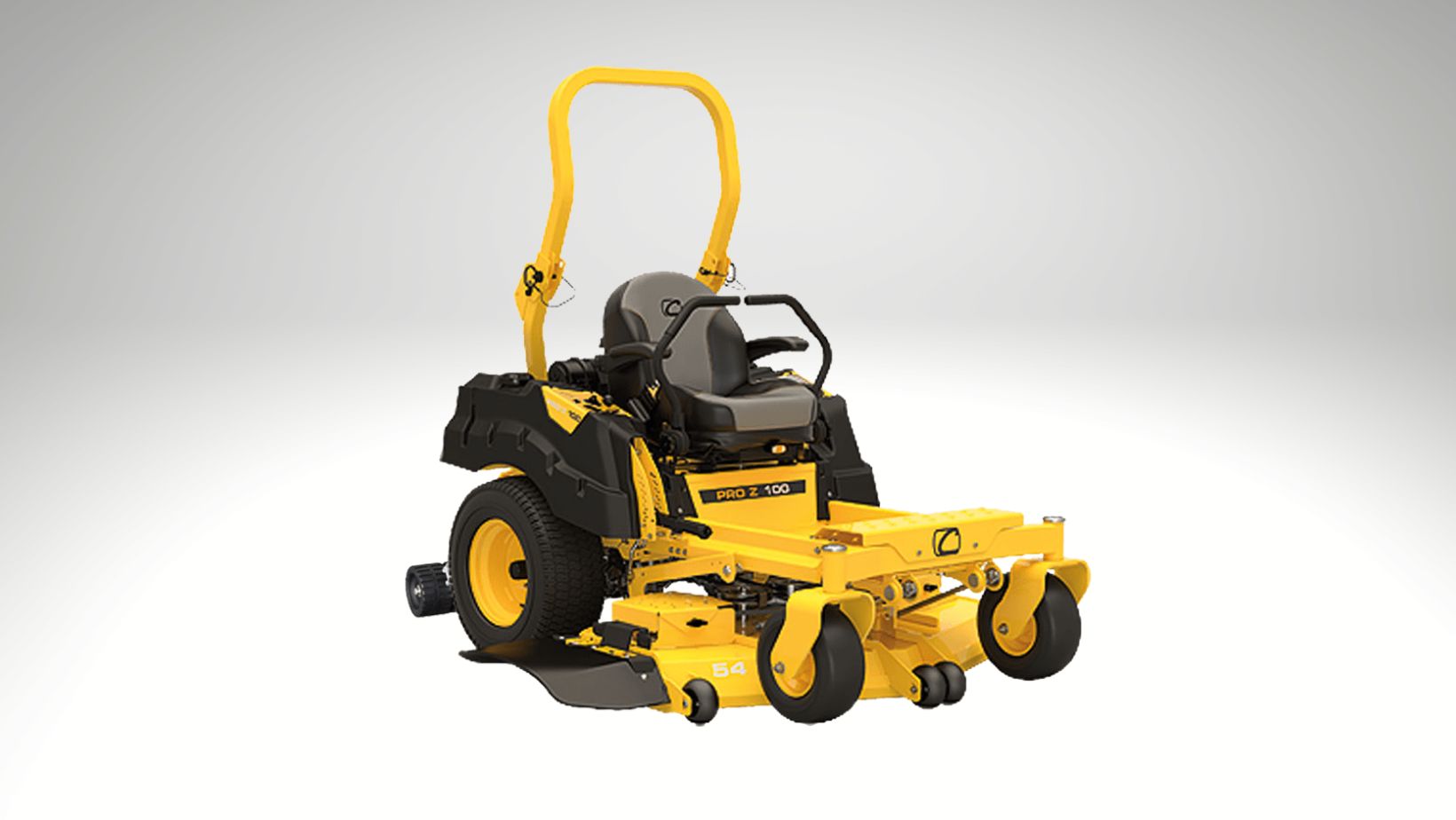
If you own a Cub Cadet lawn tractor, you may have experienced steering problems at some point.
These problems can be frustrating, but there are some easy solutions that can help get your tractor back on track.
In this blog post, we’ll share some common causes of Cub Cadet steering problems and how to fix them.
Cub Cadet Steering Problems

1. Loose Steering Wheel
It’s one of the common problems with the Cub Cadet steering. This steering wheel will be loose and you will not be able to turn your machine no matter how hard you are turning the steering.
The Cub Cadet Steering Wheel can become loose for a number of reasons.
One common reason is that the steering gear bearings become loose. This can be fixed by tightening the gear.
If the gear is not the problem, then you may need to adjust or replace the wheel bearings.
Another possibility is that the linkage connecting the steering box to the wheel is damaged. You can check this by examining the links for any signs of wear and tear.
Finally, make sure that the connections between the steering box and rack are secure. If they are not, then you will need to replace them.
2. Hard to Turn the Steering
If your Cub Cadet steering wheel is hard to turn, it could be due to a number of different factors.
Lack of oil in the system, damage to the rack or gear, damage to the inner bushing, or lack of pressure from the steering power pump can all contribute to making the steering wheel difficult to turn.
If you’re having trouble turning the steering wheel, check each of these potential problems and see if you can identify the root cause.
Once you know what’s causing the problem, you can take steps to fix it and make your Cub Cadet easier to steer.
If your Cub Cadet steering is hard to turn, there are a few things you can do to try and fix the issue.
First, make sure that all of the system’s parts are properly lubricated.
Second, check to see if there is any dirt or grass build-up between the steering arm and shaft.
Because if the space between the steering arms and shaft is filled then it won’t move.
Lastly, ensure that nothing is binding the steering. However, if applying these steps doesn’t fix the problem you should consult a professional.
3. Misaligned Steering Arms
Cub Cadet Steering arm misalignment problems can be caused by a few different reasons. Heavy use or Cub Cadet’s age can result in worn parts.
If the Cub Cadet is struck by something while driving, it can also cause misalignment.
Another reason for Cub Cadet steering problems is if the suspension height is not adjusted properly. To get rid of this problem the first step is to turn off the Cub Cadet.
Next, unscrew the bolts on the Cub Cadet’s left and right control arms using a wrench. You may need to move the steering arm from side to side before adjusting each arm.
Once the arms are in their proper place, re-tighten the bolts.
Finally, make sure the steering arms are adjusted from front to back and then tighten the remaining bolts.
4. Power Steering Problems
Power steering is a hydraulic system that helps drivers steer their vehicles by using the power of the engine.
Unfortunately, power steering can be susceptible to a number of problems, the most common of which is a lack of fluid. When the fluid level gets too low, it can cause the pump to suck air into the system, resulting in a loss of power steering.
Other potential causes of power steering problems include clogged filters, low power steering fluid, and leaks.
The good news is that most power steering problems can be relatively easily fixed. For example, if the problem is simply a lack of fluid, topping up the fluid level should do the trick.
If there are leaks, however, you may need to replace some seals.
In any case, it’s always best to consult with a mechanic to diagnose the problem and find the best solution.
5. Steering Vibration
A few common reasons for steering vibration are given below.
- Imbalance wheel assemblies might send vibration to the steering.
- Damaged rims. If snow or dirt gets stuck into the rim it can cause vibrations.
- Damaged tires can also produce vibrations while driving.
- Worn steering or suspension components can create vibrations while driving on rough terrain or bumps.
Now that we have identified the potential reasons, let’s see the solutions for the vibration problems.
Begin by inspecting all four wheels, and if you notice any bent rims, replace them. Also, check for any uneven tread wire which could result in imbalances and cause vibrations.
Driving on rocky terrain results in an imbalance in wheel alignment. So double-check the wheel alignment and make sure everything is aligned properly.
This should solve the problem of vibrations caused by damaged rims or terrain issues.
Next, check your tires to see if they are inflated to the proper air pressure levels as indicated in your car’s manual. Low air pressure levels in tires can also cause vibrations while driving.
Also, check for any damage or bulges on the tire surface which could result in imbalances and produce vibrations while driving. If you notice any damage, get the tire replaced immediately before going on a long drive.
Lastly, if worn steering or suspension components are causing vibrations while driving then you need to get these parts replaced immediately by a qualified mechanic to ensure safety while driving on rough roads.
Worn-out parts can cause serious problems and accidents if not replaced in time so it is advisable to get them checked regularly by a professional mechanic.
Related FAQS
What makes a riding mower hard to steer?
A number of factors can make a riding mower hard to steer. One is the weight of the machine. A heavy mower can be difficult to manoeuvre, especially if it’s not properly balanced.
Another factor is the design of the steering system. Some mowers have steering systems that are less responsive than others, making them harder to control.
Finally, the terrain you’re mowing can also affect steering. If you’re mowing on uneven ground, or
if there are obstacles in your path, it can be tough to keep the mower going straight.
Do Cub Cadet mowers have power steering?
Cub Cadet mowers do have power steering, which makes them easier to manoeuvre than other brands of mowers.
This feature is especially helpful for those who have large yards or gardens to mow.
How do I make my riding lawn mower steer easier?
If you’re finding it difficult to steer your riding lawn mower, there are a few things you can do to make it easier. First, check the tires to make sure they’re inflated properly.
If they’re not, inflate them to the recommended pressure. Second, check the steering mechanism to see if it’s working properly.
If it’s not, you may need to adjust it or have it repaired. Finally, if your lawn mower is still difficult to steer, try adding weight to the front of the machine.
This will help keep it on track and make steering easier.
How do you adjust a Cub Cadet zero-turn steering wheel?
There are a few things you need to do in order to properly adjust the steering wheel on your Cub Cadet zero-turn mower.
First, you need to make sure that the wheels are in the straight-ahead position. Next, you need to loosen the jam nuts on the steering shaft.
Once the jam nuts are loose, you can adjust the steering wheel to the desired position. Finally, you need to tighten the jam nuts back down.
Once they are tight, the steering wheel should be in the correct position.
Conclusion
Cub cadet steering problems are a common issue that can occur on any make or model tractor. In this article, we’ve outlined the most common causes of cub cadet steering problems and how to fix them.
If you experience these issues with your tractor, don’t hesitate to reach out for help.
Our team is here to assist you in troubleshooting and repairing your cub cadet so you can get back to work.
Husqvarna Zero Turn Mower One Side not Working

I’m David man behind Lawn Mowerly; I’ve been dealing with lawnmowers and Tractors with my father since I was a kid. I know every make and model and what each one is capable of and love helping people find the perfect lawn mower for their needs.

